Smartphones have gotten so good, so fast, and become so vital and accessible in such a short time, it’s difficult to accurately predict the direction of this market over just the next year, and nearly impossible over say, the next five years.
One aspect of the smartphone market that has remained steady throughout, however, is the iPhone always offered the best value.
No more.
A new crop of Android devices and remarkably low priced Windows Phones appear to have usurped iPhone along the value vector. This should put Apple on notice — and will almost certainly impact their branding, possibly even their pricing going forward.
No one ever got fired for buying the iPhone
The iPhone began as a revolution, turning the industry upside down. Since launch, Apple has worked diligently to improve the iPhone, expand its capabilities, and integrate it with other Apple devices and services. iPhone quickly became not just the best smartphone but the best smartphone for the buck.
There have always been solid reasons for not choosing iPhone, obviously, but value was not one of them.
Perhaps you couldn’t afford iPhone. You did not want a device with a locked-down ecosystem. The iPhone form factor(s) was not to your liking. All valid reasons for choosing ‘Other’. Now however, there may be another reason to consider a non-iPhone device: value. If so, this is a remarkable shift in the market and a new inflection point in the battle for market share and lock-in.
It’s hard to put a specific number on ‘value,’ especially as it can vary so greatly from person to person. It’s not just about design or usability. For example, iPhone’s value includes, at minimum:
- device quality
- integration with iPad and Mac
- AirPlay
- iCloud synch
- free iWork
- the most available apps
- regular, free OTA updates
- the most available digital content
- minimal crapware
- easy returns and superior support (for those near an Apple Store)
- the largest range of accessories
The list is long.
Add to this list, the iPhone’s disproportionately high resale value. Dollar-for-dollar it’s hard to beat the iPhone — regardless of any personal preference for iOS.
Nonetheless, it appears new devices may now trump the iPhone, dollar-for-dollar.
For the Price of one iPhone 5s, you get 4 Moto E phones
It will cost you $650 for a 16gb iPhone 5s. For the same price, you can…
…Buy 4 Moto E smartphones.
No, the Moto E is not as good as iPhone 5s, not even close. It works only on 3G (not 4G). The screen is not nearly as nice. The camera is only 5MP — and there is no front facing camera. It also has only 4GB of memory, although this is easily expandable.
But, Moto E runs on Android KitKat, a very solid OS. It runs nearly every app, plays nearly every game you can have on your iPhone. Calls and messaging, social media and search, mapping and web browsing are all there.
On a per-dollar basis, it’s hard to think any smartphone offers a better value than Moto E.
Except, the Lumia 630, a mere $159 in the US, may offer a better value still.
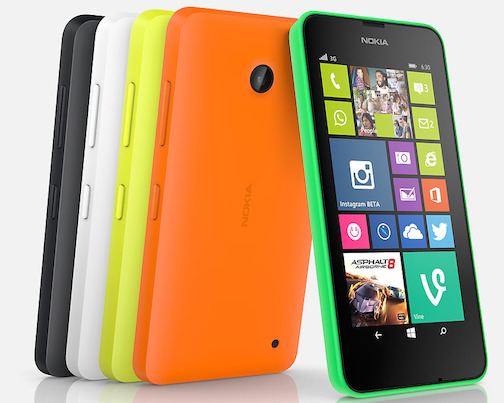
Lika all Nokia devices, the Lumia 630 is beautiful, colorful and built to last. It runs on Windows Phone, which I prefer to Android although admittedly the platform continues to suffer from a lack of quality apps. It includes Cortana, Microsoft’s Siri competitor.
In my experience, Cortana offers fewer functions but has superior voice recognition.
The 630 has a 4.5 inch display, a remarkable 1.2GHz Snapdragon processor and 8GB of storage. I have not tested this, but reviews suggest the battery bests the iPhone’s. There is a 5MP camera but no front facing camera. In my experience, the embedded HERE Maps and turn-by-turn navigation Nokia offers is superior to Apple Maps. The 630 also has a swipe keyboard, which many users prefer.
Ready to buy? Ready to get one for you, your spouse and your two children — all for the price of a single iPhone 5s?
No? I completely understand. Apple has long made the very best, most desired smartphone. That’s the device most of us covet. If you can afford it, there’s little reason to not choose the iPhone. Nonetheless, the price, quality and functionality of the Lumia 630 and similar devices has to put Apple on notice.
Apple’s Loss is Our Gain
Apple devices, be they smartphones, tablets or laptops, have long been among the most expensive on the market. But, they have also consistently offered the best value, year after year after year.
Can we say that in a world where the new OnePlus One phablet is available for $350? This Android smartphone comes with 64GB of memory and has received gushing reviews. It is also obviously beautiful.
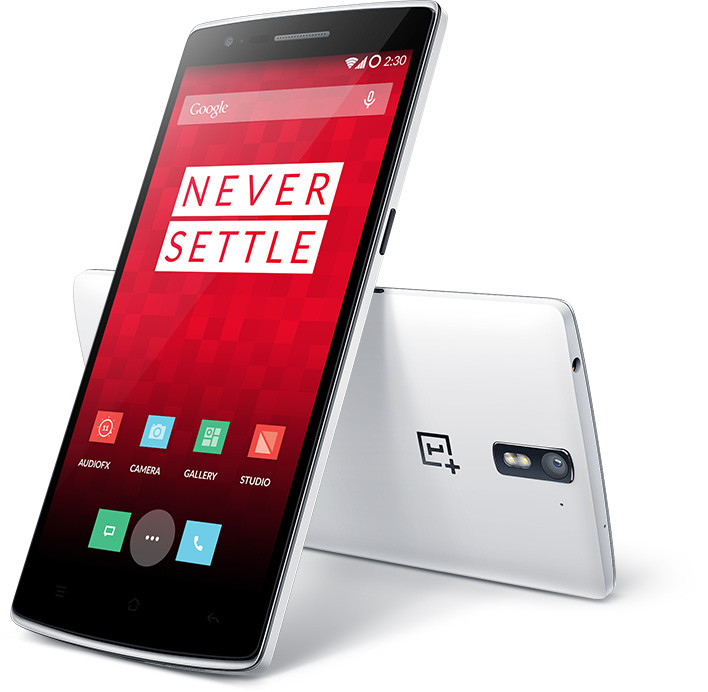
If the iPhone no longer offers the best smartphone value, dollar-for-dollar, then Apple will need to re-tool its marketing strategy as well as its product plans.
Tough for Apple, but a win for the rest of us.
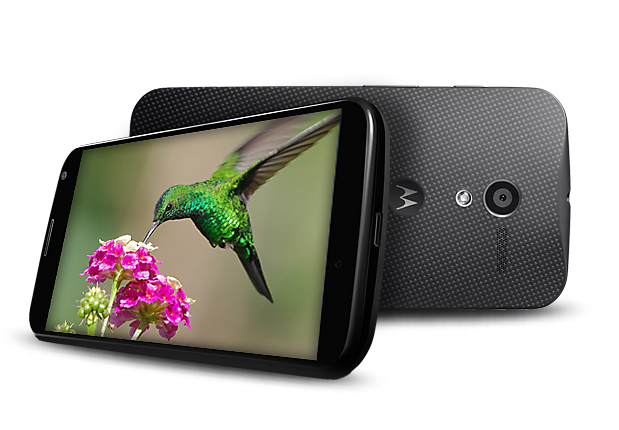

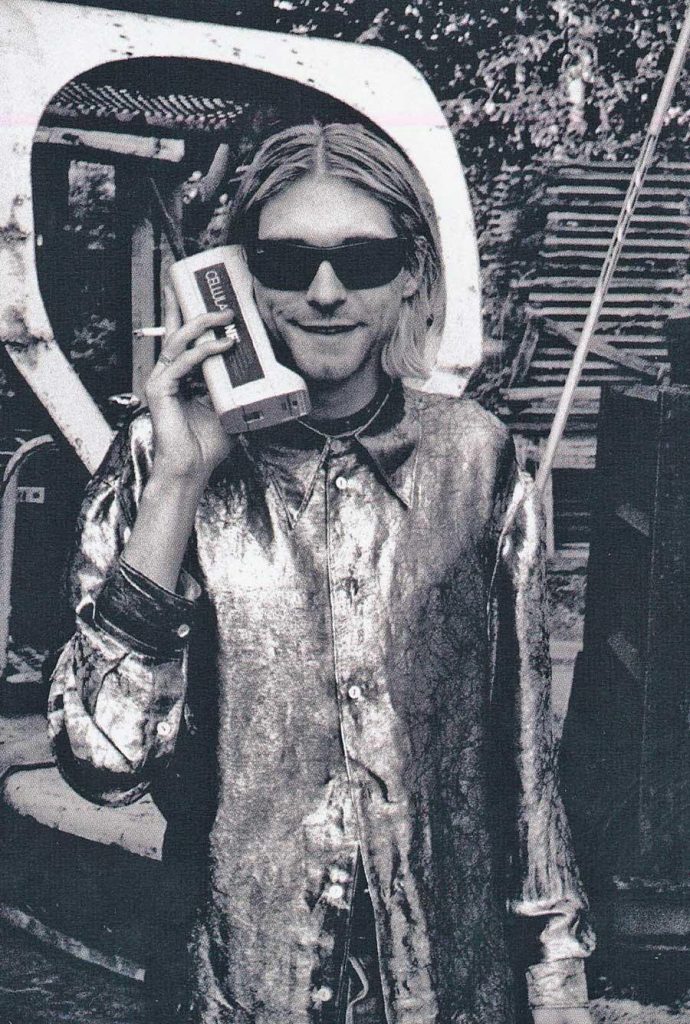

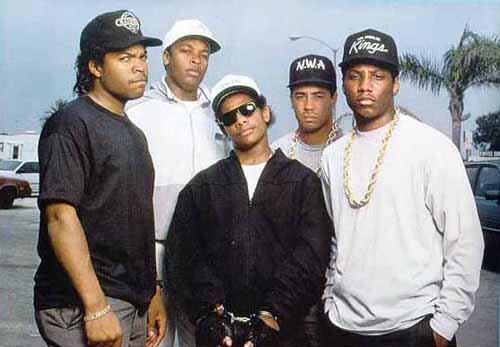

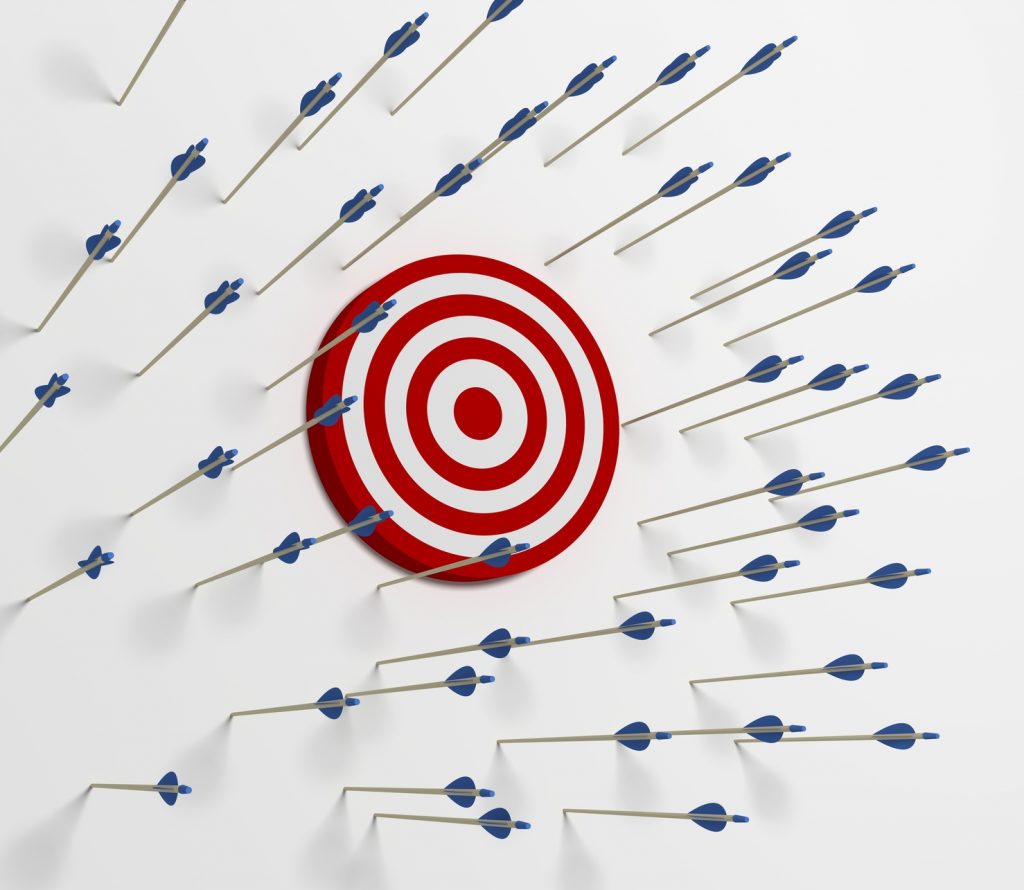

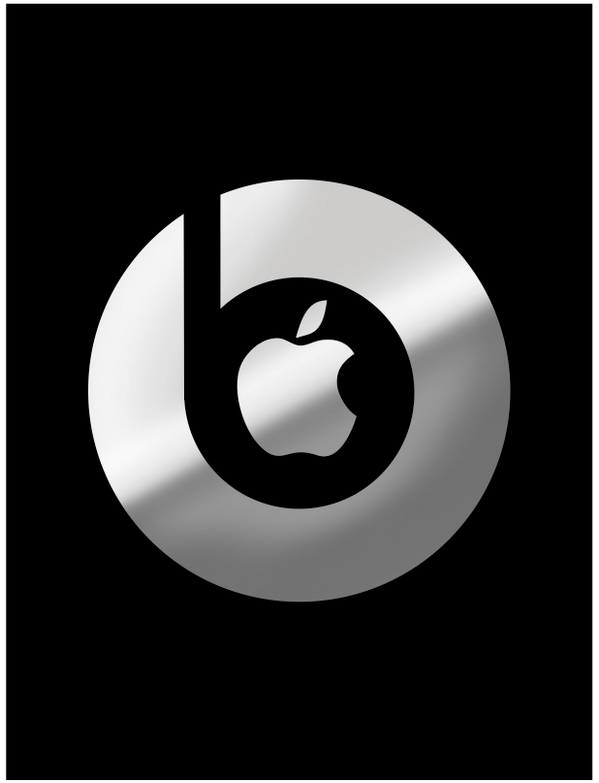

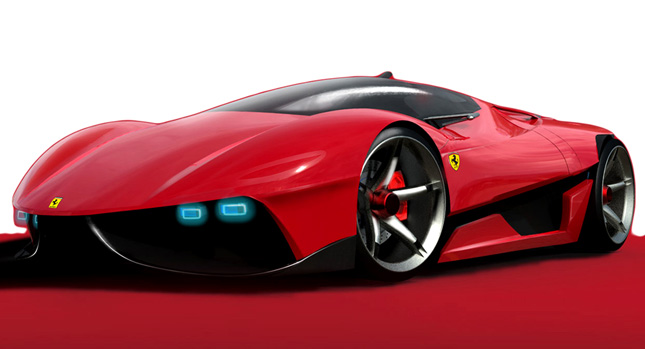
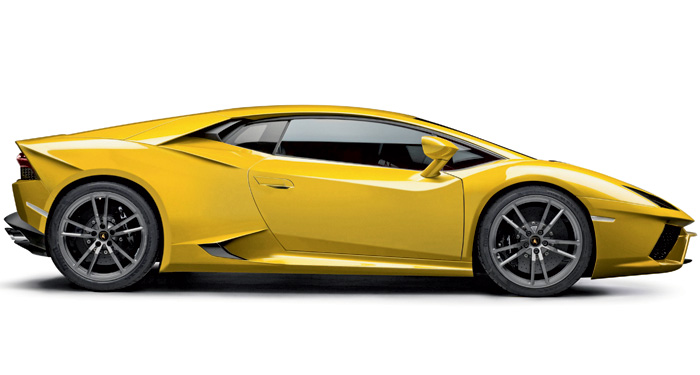
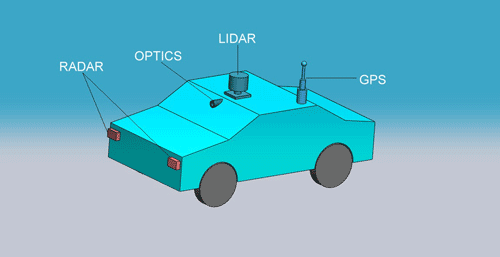
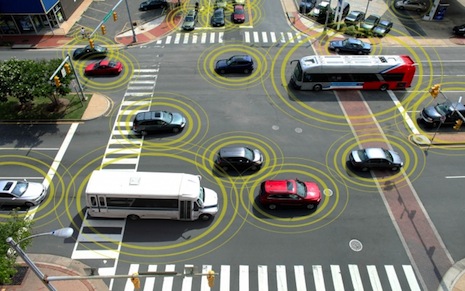

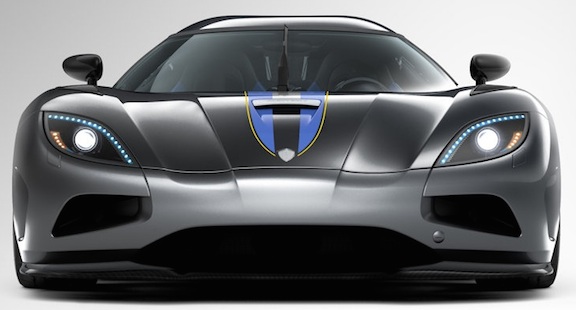
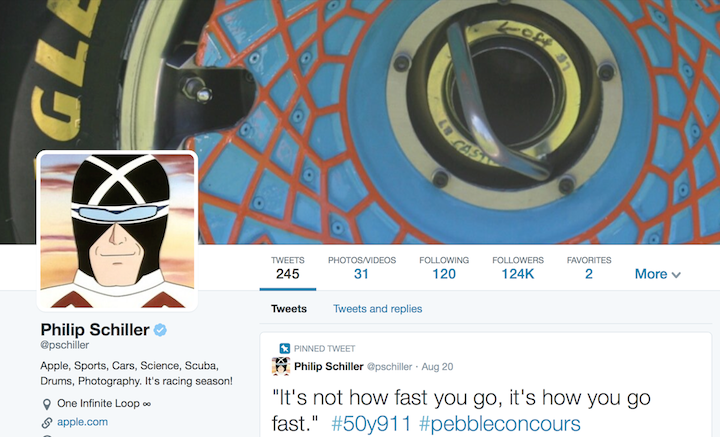
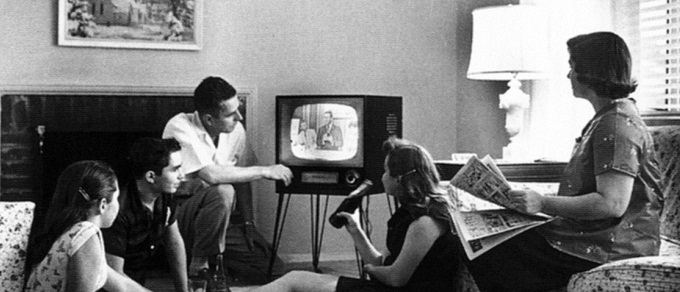
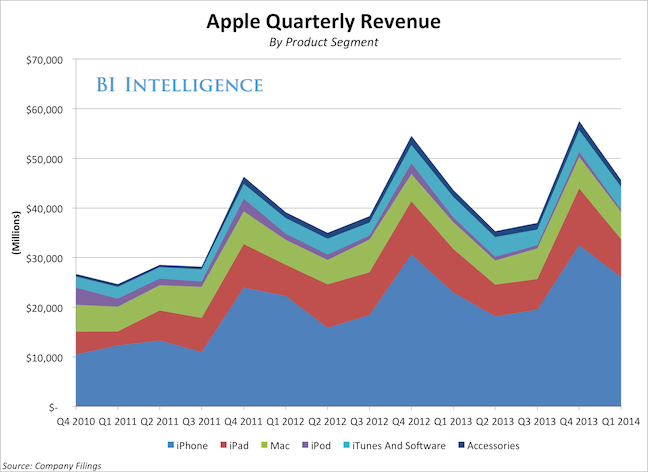
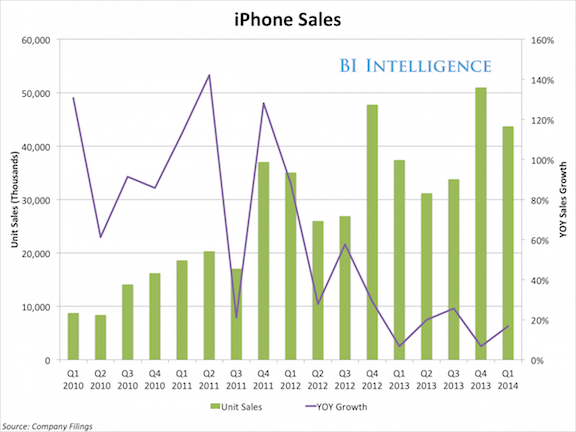
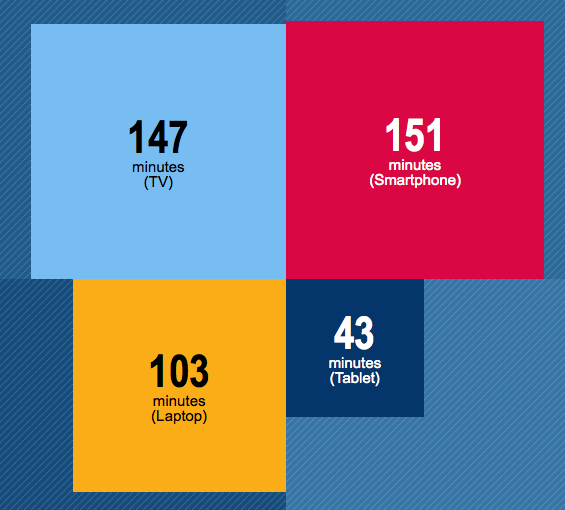
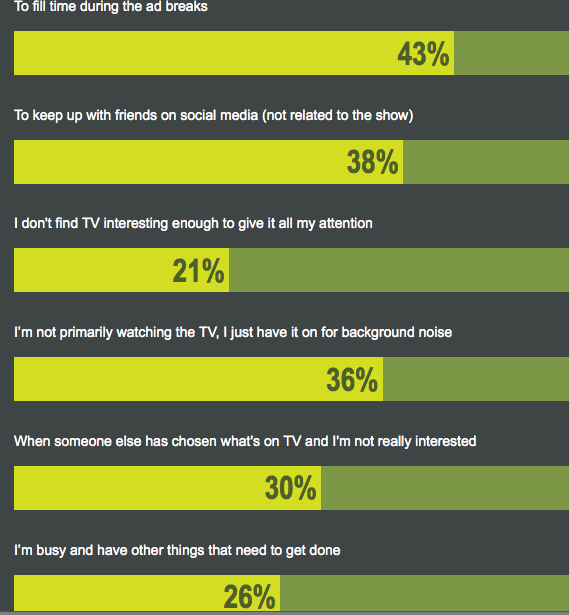
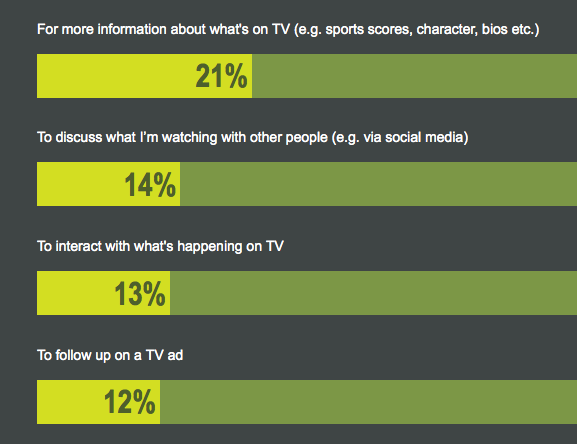

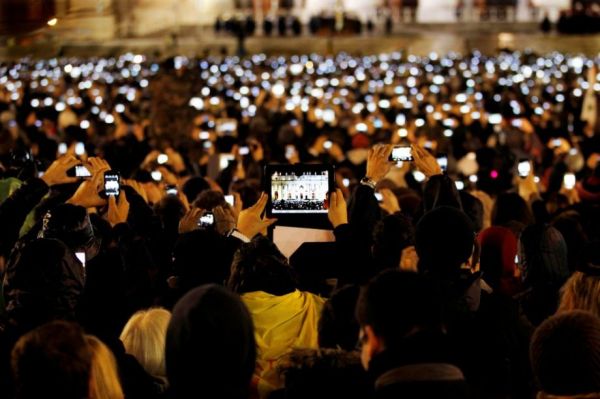
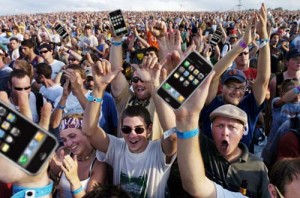

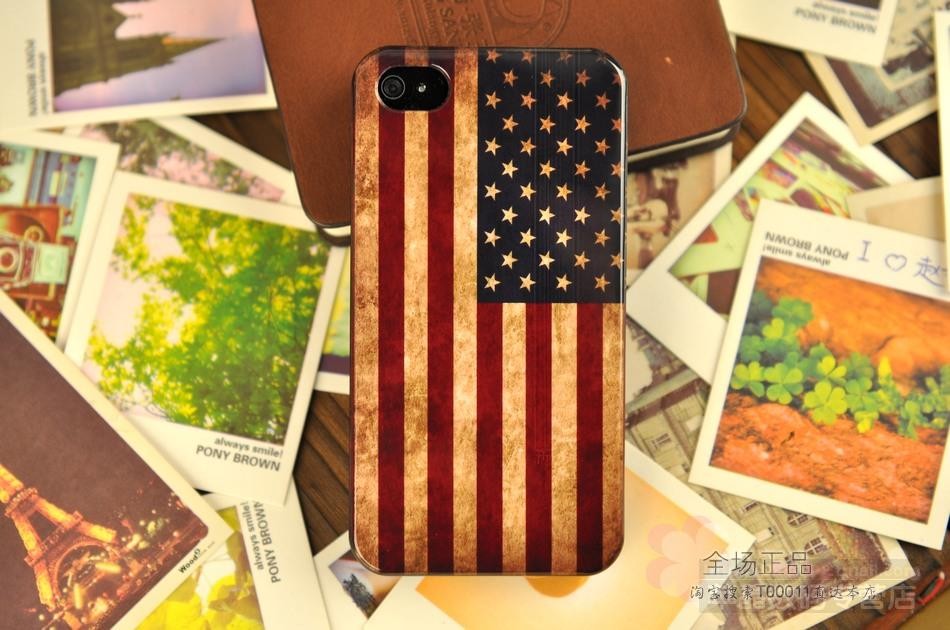


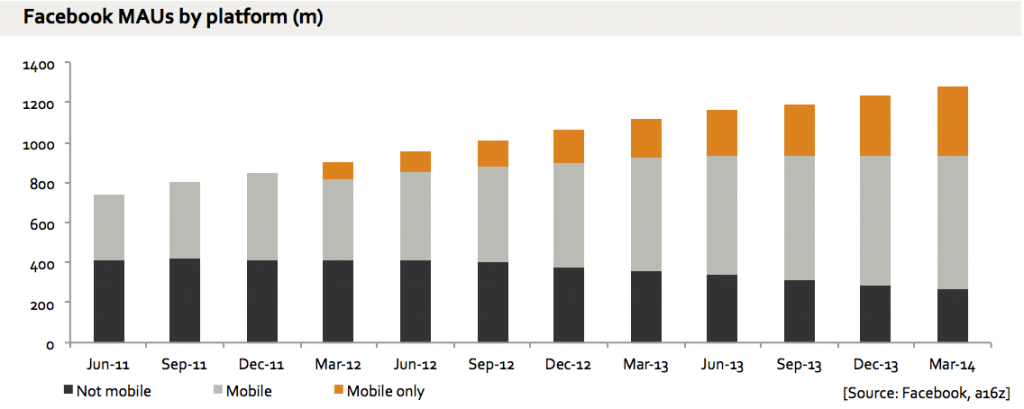
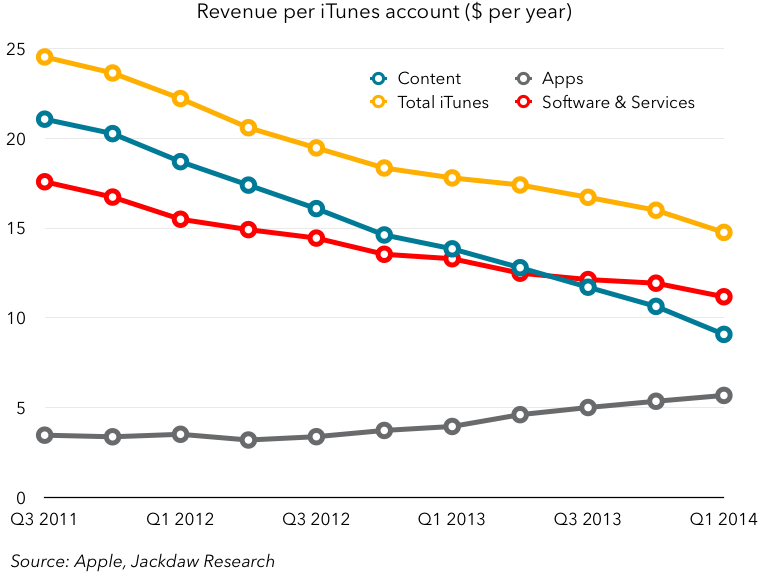
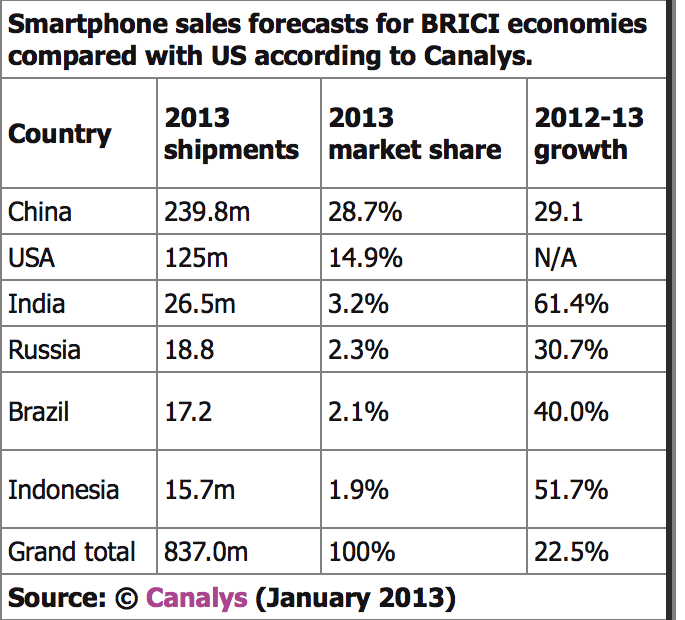

 With all due respect, you simply cannot compare the creation of a movie franchise to the creation of a disruptive, game-changing, category creating product. They’re at different orders of magnitude.
With all due respect, you simply cannot compare the creation of a movie franchise to the creation of a disruptive, game-changing, category creating product. They’re at different orders of magnitude.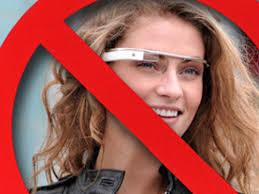 It’s not as if Apple’s tech competitor’s have gotten any traction in the marketplace with the “next great thing” in tech. In fact, when it comes to products like wearables, tech companies clearly don’t have a clue what they should be offering. They keep throwing every conceivable sort of device at the consumer in the hope something sticks and the consumer, in their turn, keeps chucking everything right back at them.
It’s not as if Apple’s tech competitor’s have gotten any traction in the marketplace with the “next great thing” in tech. In fact, when it comes to products like wearables, tech companies clearly don’t have a clue what they should be offering. They keep throwing every conceivable sort of device at the consumer in the hope something sticks and the consumer, in their turn, keeps chucking everything right back at them.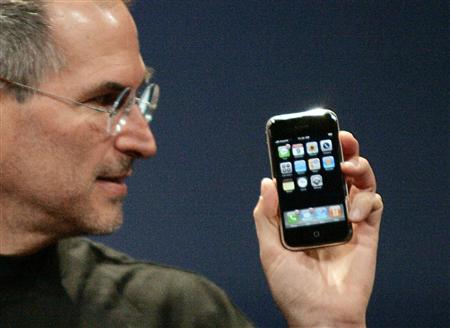
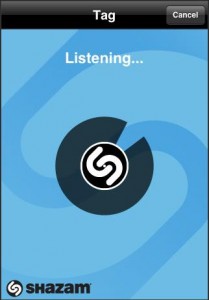
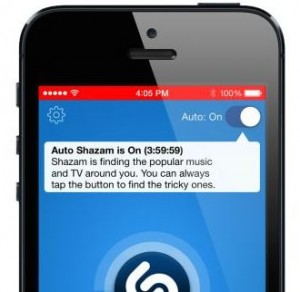
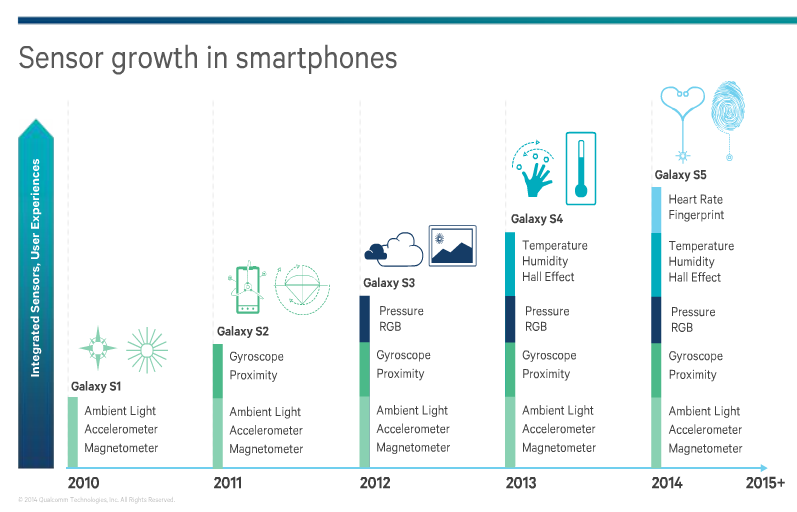
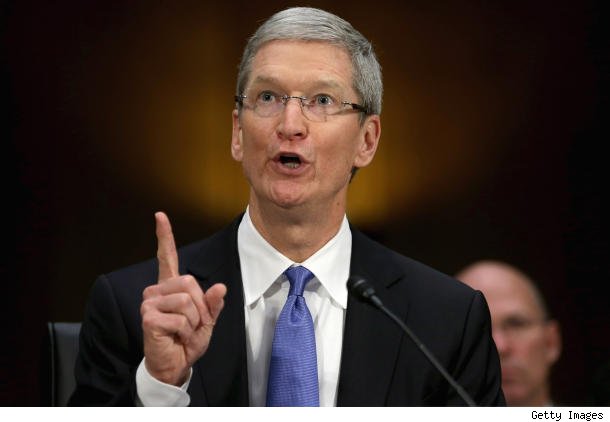

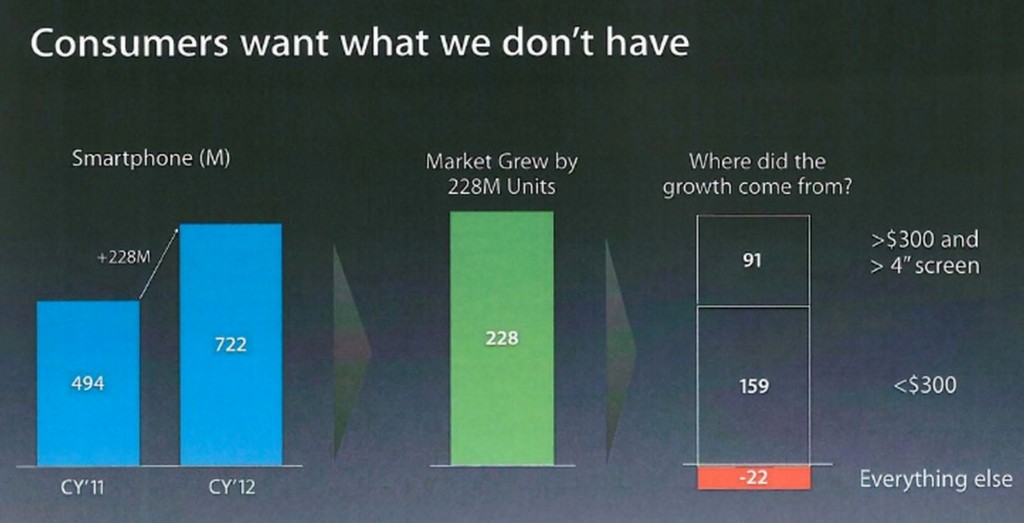
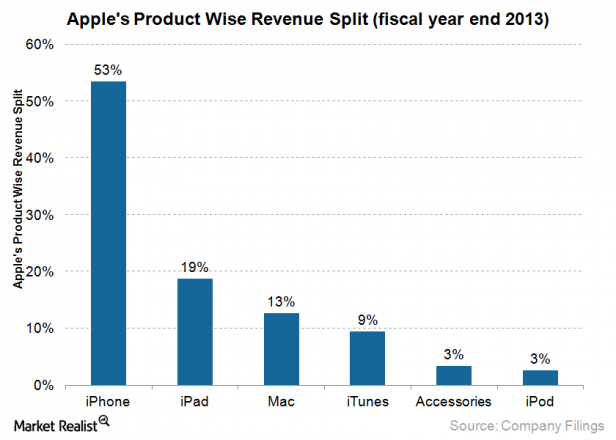

 I think Apple’s business model is similar to the Disney World business model. There are boardwalks and amusement fairs aplenty, but there is only one Disney World. It it the crème de la crème of amusement parks. Similarly, there are smartphones and tablets aplenty but there is only one “Apple World.” It is the crème de la crème of mobile computing.
I think Apple’s business model is similar to the Disney World business model. There are boardwalks and amusement fairs aplenty, but there is only one Disney World. It it the crème de la crème of amusement parks. Similarly, there are smartphones and tablets aplenty but there is only one “Apple World.” It is the crème de la crème of mobile computing.